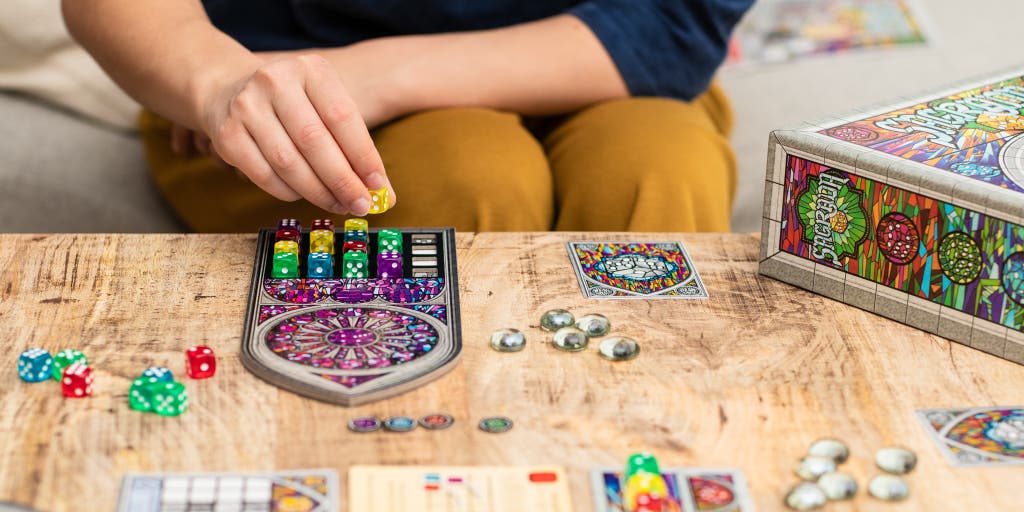Game design is a complex and creative process that involves game mechanics, storyline, graphics, sound, and coding. Game designers must possess creativity, problem-solving, coding and technical skills, collaboration and communication, and attention to detail. The game development process consists of four stages starting with the game concept, followed by a game design document, prototyping, final development, and quality assurance. The game industry is expected to be worth $300 billion by 2025, and game designers are exploring new technologies, game genres, and game mechanics to create immersive experiences. Collaborative efforts and effective communication are crucial for success in game design, and the future of the field looks promising.
The Art of Gaming: A Look into the World of Game Design
Introduction
Gaming has become an integral part of people’s lives over the past few decades. From casual mobile games to roleplaying and immersive games, everyone has a favorite game. However, the game development process is much more complex than one might think. Game design involves several elements – game mechanics, storyline, graphics, sound, and coding. In this article, we will explore the art of game design, the essential skills needed for game designers, and the game development process.
Skills Needed for Game Designers
Creativity:
A game designer must be able to come up with unique and engaging game ideas. They need to be creative and imaginative, able to think outside the box and bring their vision to life.
Problem-Solving:
A game designer must be able to identify problems that arise during the game development process and come up with solutions. They must think logically and critically to resolve any technical issues that might impact the game’s performance.
Coding and Technical Skills:
Game designers must have essential programming skills to develop games. Knowledge of programming languages such as C++, Java, and Python is essential. They must also have an understanding of game engines such as Unreal and Unity, which are commonly used in game development.
Collaboration and Communication:
Game development is a collaborative effort requiring effective communication between artists, programmers, and other members of the team. Game designers must be excellent communicators and team players to ensure the game development process goes smoothly.
Attention to Detail:
Game designers must have an eye for detail and ensure that each element of the game, including the storyline, graphics, and gameplay mechanics, works together seamlessly to provide a cohesive gaming experience.
The Game Development Process
1. Game Concept:
The game development process begins with a game concept. This is the starting point for any game, where the game designer comes up with a basic idea for the game, including the game’s genre, characters, and setting.
2. Game Design Document:
Once the game concept is finalized, game designers create a game design document that outlines the game’s entire development process. This includes the game’s story, game mechanics, characters, levels, and other essential details that will be incorporated into the game. The development team goes through the document to set up a clear understanding of the game’s approach and what is needed to be done in the development process.
3. Prototyping:
Once the game design document is created, the game development team creates a prototype or a basic model of the game. The prototype helps refine the gameplay mechanics, environment, and graphics. Having a prototype makes it easier for the team to make changes as needed before investing in the development of the full game.
4. Final Development:
After completing the prototype, the game development process moves to the final development stage, where designers turn the game’s basic model into a polished game. In this stage, the design team works collaboratively with the programming team to create the game’s various elements, such as environments, characters, and game mechanics.
5. Quality Assurance:
The final stage of game development is quality assurance, where thorough testing is carried out to ensure that the game is bug-free and runs smoothly on different devices. The development team tests the game themselves and sends it to beta testers to gather feedback and suggestions for improvements.
The Future of Game Design
The game industry is expanding rapidly, and it’s estimated that the industry will be worth $300 billion by 2025. With the rise of virtual and augmented reality, game designers face new challenges in creating immersive gaming experiences. Game designers are pushing the boundaries of game design by exploring new technologies, game genres, and game mechanics.
Conclusion
Game design is an exciting and rapidly growing field that requires a combination of technical and creative skills. As esports continues to gain popularity, game design will become more prevalent and change rapidly. The game development process is a collaborative effort that requires excellent communication, attention to detail, and problem-solving skills. The future of game design looks promising, with new technologies and innovative ideas driving the industry forward.
